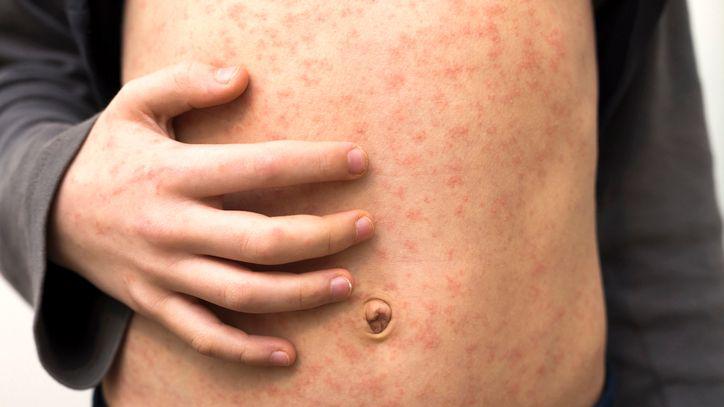Teflon pans are feared for eternity chemicals – really the greatest exposure comes from food

Health|PFAS compounds that are harmful to health are often associated with Teflon panels. In fact, exposure often comes from food or room air.
To health In the case of harmful PFAS compounds, there is often talk of teflon-surface pans and boilers. When the surface is damaged, that is, there are, for example, scratches, color changes or bubbles, the surface can be removed from PFAS compounds that first move to the food and with the food to the diner.
The risk can be avoided by selecting coating options that do not use PFAS compounds, such as ceramic or stainless steel pans, says the Food Agency Specialist Merja Virtanen.
“If the pans are intact on their surface, it is safe to use them,” Virtanen points out.
Pfas That is, the health effects of perfluorized alkyl compounds are not fully known, but it is known that they accumulate in the human body in blood proteins, kidneys and liver.
The compounds are so -called eternal chemicals that are widely used in industry and in all kinds of water, dirt or fat -repelled consumer goods to textiles. In the context of the manufacture, processing, storage and disposal of these products, they end up in the environment and from there to food.
However, exposure to PFAS compounds is very small through pans, boilers and other goods, and up to 40-100 % of PFAS compounds are directly available to the body, says a senior researcher (THL). Merja Korkalainen.
« Most PFAS compounds are in fish and the next most in meat, fruits and eggs. They can also be found in drinking water in local emission sources. »
”
« If the pans are intact on their surface, it is safe to use them. »
Korkan It points out that fish eating should not be stopped for fear of PFAS compounds. Here too, useful damage analyzes that show that the benefits of eating fish are covered by risks. However, if you know that, for example, a particular water body has a lot of PFAS compounds, you should avoid fishing and eating such fish.
EU legislation sets out the exact limit values on how much individual food may contain PFAS compounds, ie exposure to human compounds is regulated and controlled.
Food The most significant way for PFAS exposure is room dust and breathing air. The compounds have been used, for example, in interior textiles, clothing, and electronic devices, through which they can end up in breathing air and landed dust, says Korkalainen.
« This risk can only be reduced by cleaning regularly. »
There are a huge variety of PFAS compounds. According to Korkalainen, exposure to the most harmful compounds has decreased by up to 50-85 %, compared to the early 2000s. Awareness of compound risks has increased, as a result of which their use is limited.
PFAS accumulate in the body and their complete exit may take decades. Children are the most sensitive to the adverse effects of PFAS.
The compounds weaken the vaccination response of children and the development of the immune system. Through hormones, they also affect children’s growth and development.
« Pregnant women are also a risk group, as compounds can affect the fetus during pregnancy. In addition, they also move through breast milk to the child. »
PFAS compounds may have high concentrations, for example, on liver function, inflammatory susceptibility to and reproductive health. Risks often only become more concrete over a long period of time.
”
Children are the most sensitive to the adverse effects of PFAS compounds.
In February The new EU Packaging and Packaging Waste Regulation came into force, which will ban, from mid-August 2026, to use PFAS compounds in materials intended to be in contact with food, says Merja Virtanen of the Food Agency.
« The regulation will have a broad impact on goods that use PFAS compounds. Although the situation improves, it is good to remember that there are already many PFAS compounds in our environment, and for their permanence they will continue to appear in food. »
In PFAS compounds, hydrogen atoms attached to carbon atoms have been replaced by fluorine atoms. The longer the carbon fluorine chain is, the more durable the compound is. The most sustainable compounds do not break down in the environment biologically, chemically, or physical, and are therefore called eternal chemicals.
Virtanen points out that, for example, in nature, fluoride compounds are very rare, that is, the fluoride found in nature is usually the result of people.








